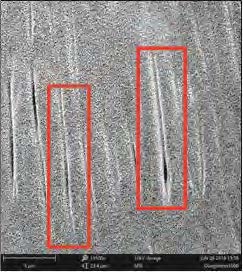Expert panel to develop acidification thresholds for crustaceans

A scientific advisory panel of leading global experts on crustaceans will convene at SCCWRP on February 10-12 to begin developing consensus on biologically relevant thresholds at which these marine organisms can be expected to experience adverse impacts from ocean acidification.
The goal of the panel’s work is to be able to use organisms that are sensitive to corrosive seawater conditions as a sentinel indicator of how acidification is impacting West Coast marine communities.
A newly published journal article co-authored by SCCWRP found that the larvae of commercially important Dungeness crab already are showing signs of shell dissolution because of OA.
SCCWRP and its partners already have convened two other expert panels to determine acidification response thresholds for echinoderms and pteropods, respectively.
Determining these thresholds is critical to interpreting the findings of an ongoing modeling effort to quantify future acidification conditions in Southern California’s coastal ocean. The development of such thresholds also is called out in the State’s Ocean Acidification Action Plan.
More news related to: Climate Change, Ocean Acidification and Hypoxia